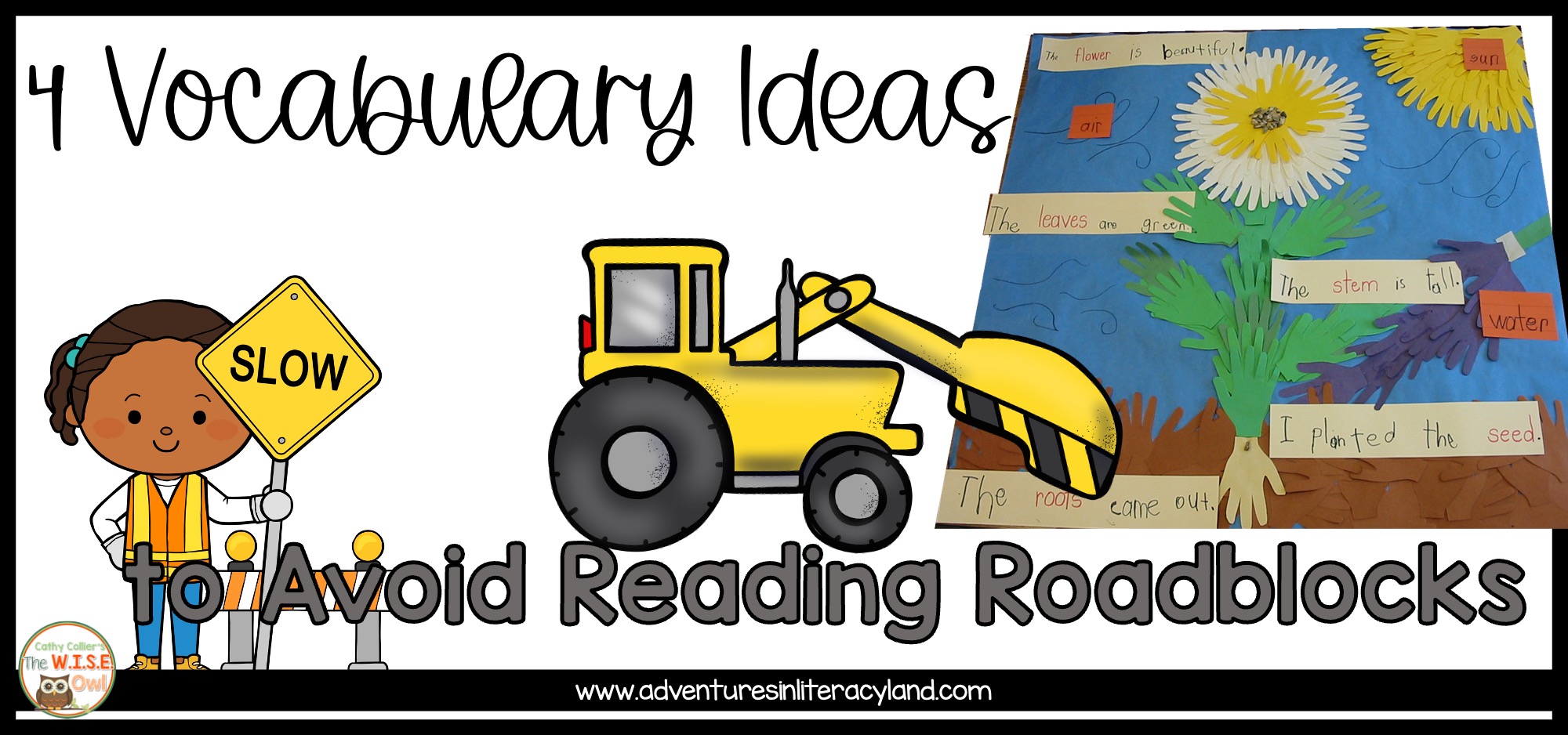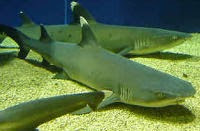Hello!
It's Pixie Anne from Growing Little Learners here today to share some ideas on using story sacks in the classroom!
You may well use story sacks regularly in class already and have a whole stash of them for your children to explore... However, if you are new to teaching, or are new to teaching younger children (like I was last year), you may not have any experience of them and I hope this post will be useful for you!
What are Story Sacks?
A story sack is a bag full of goodies to support children when reading, retelling and exploring a favourite story. They can be used by children independently but are often useful when used with an adult as this can lead to high quality book talk and development of not only reading skills but speaking, listening and writing skills too!
I have seen our selection of story sacks hanging in the corridor for years! However, it was only recently that I decided to explore them and realised what I was missing by not building them in to my classroom practice. I now have one in my book corner which is out all the time and use the others for independent groups to explore during guided reading. They really enjoy it and while they can drift off task on occasion as they are working on their own - the different elements that make up the story sack mean they usually have plenty there to keep them engaged for the 20-25 minutes or so we spend on guided reading. They really look forward to their turn with the sacks each week!
What makes a Story Sack?
We have been lucky enough to have had some lovely parent/grandparent helpers in the past who put together most of our story sacks. They can be pricey to buy so if you can get some volunteers in to help then this is much better! You can add anything to a story sack that supports the exploration of the book but there are a few things that make up a typical story sack.
Here is the content of my favourite story sack for The Queen's Knickers:
A large sack with the title of the book on the outside.
A copy of the book.
Puppets, dolls or figures of the main characters in the book.
Props or a backdrop for the setting of the story to support retelling.
( I just love the time and care taken over making all of the Queen's knickers - including the little parachute!)
A game or other activity for the children to play (with instructions).
There is a bingo game and sequencing activity here linked to days of the week and months of the year but the possibilities for different activities and response work are endless!
Non Fiction books linked to the main book.
I really would recommend making (or finding helpers to make) some for your classroom. They are easy to put together and have so many benefits for supporting literacy development. The next step in my school is to set up a borrowing system for parents. I am sure children would love to take these home to share with parents and siblings and it would be a great way to help parents and carers get involved with their children's education and build up contact between home and school!
I would love to hear how you use story sacks in your classroom, what your favourites are and ideas for ones I should start making!
Please leave a comment below to share and thanks for stopping by today!




























.png)

















